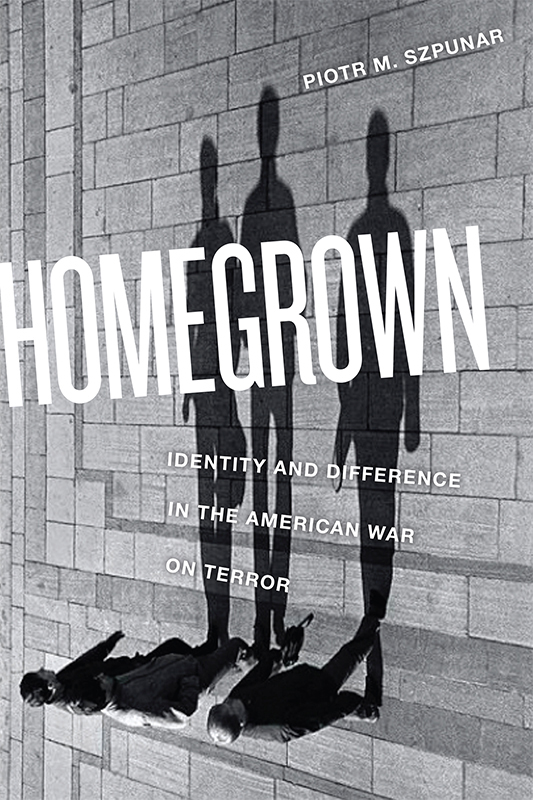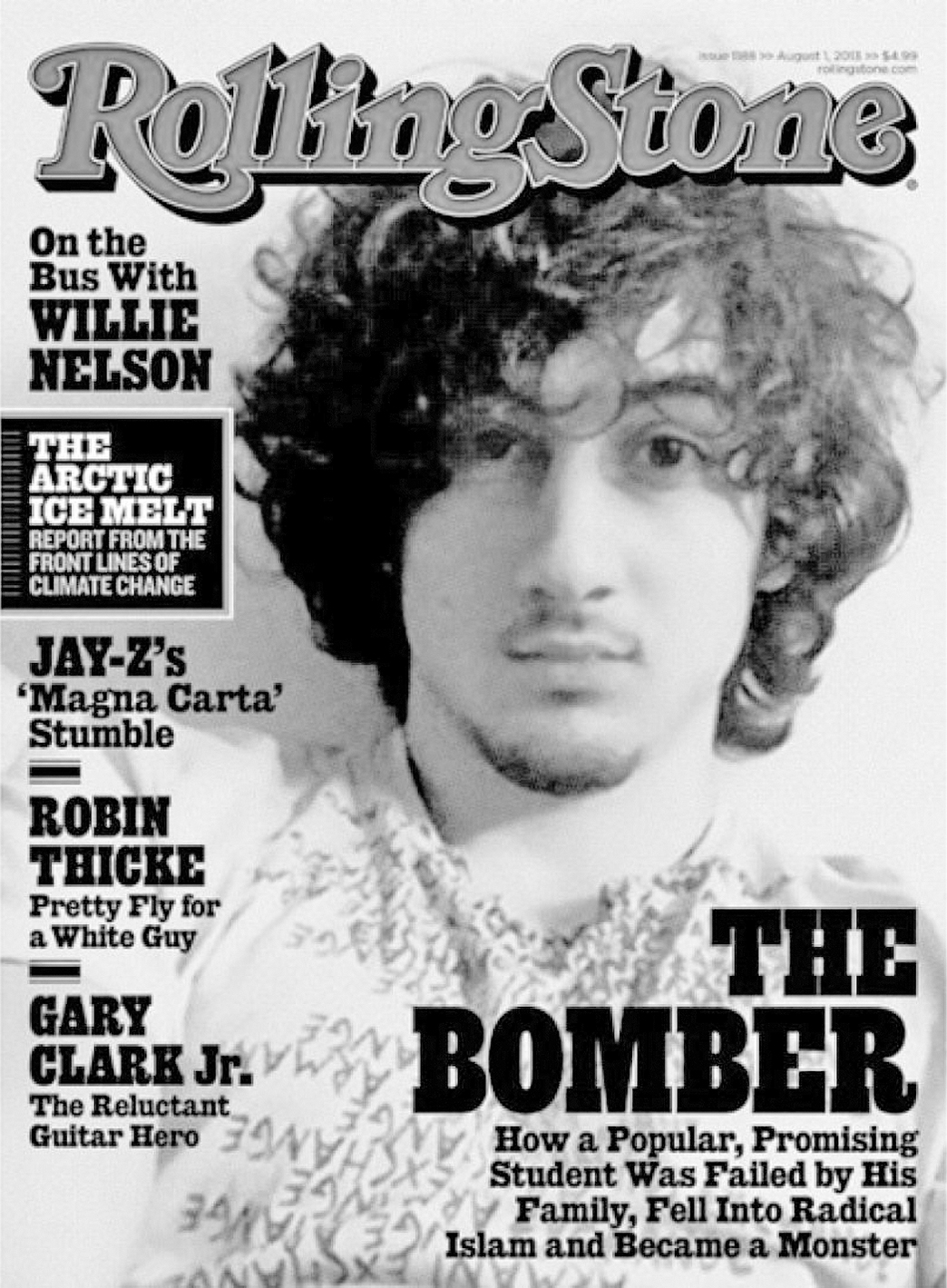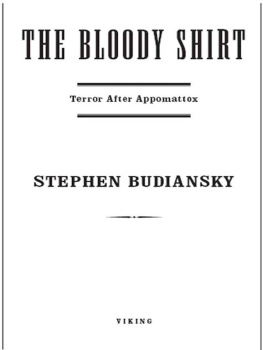Contents
Guide
Pagebreaks of the print version

HOMEGROWN
CRITICAL CULTURAL COMMUNICATION
G ENERAL E DITORS : Jonathan Gray, Aswin Punathambekar, Nina Huntemann
F OUNDING E DITORS : Sarah Banet-Weiser and Kent A. Ono
Dangerous Curves: Latina Bodies in the Media
Isabel Molina-Guzmn
The Net Effect: Romanticism, Capitalism, and the Internet
Thomas Streeter
Our Biometric Future: Facial Recognition Technology and the Culture of Surveillance
Kelly A. Gates
Critical Rhetorics of Race
Edited by Michael G. Lacy and Kent A. Ono
Circuits of Visibility: Gender and Transnational Media Cultures
Edited by Radha S. Hegde
Commodity Activism: Cultural Resistance in Neoliberal Times
Edited by Roopali Mukherjee and Sarah Banet-Weiser
Arabs and Muslims in the Media: Race and Representation after 9/11
Evelyn Alsultany
Visualizing Atrocity: Arendt, Evil, and the Optics of Thoughtlessness
Valerie Hartouni
The Makeover: Reality Television and Reflexive Audiences
Katherine Sender
Authentic: The Politics of Ambivalence in a Brand Culture
Sarah Banet-Weiser
Technomobility in China: Young Migrant Women and Mobile Phones
Cara Wallis
Love and Money: Queers, Class, and Cultural Production
Lisa Henderson
Cached: Decoding the Internet in Global Popular Culture
Stephanie Ricker Schulte
Black Television Travels: African American Media around the Globe
Timothy Havens
Citizenship Excess: Latino/as, Media, and the Nation
Hector Amaya
Feeling Mediated: A History of Media Technology and Emotion in America
Brenton J. Malin
Making Media Work: Cultures of Management in the Entertainment Industries
Edited by Derek Johnson, Derek Kompare, and Avi Santo
The Post-Racial Mystique: Media and Race in the Twenty-First Century
Catherine R. Squires
Sounds of Belonging: U.S. Spanish-language Radio and Public Advocacy
Dolores Ins Casillas
Orienting Hollywood: A Century of Film Culture between Los Angeles and Bombay
Nitin Govil
Asian American Media Activism: Fighting for Cultural Citizenship
Lori Kido Lopez
Struggling for Ordinary: Media and Transgender Belonging in Everyday Life
Andre Cavalcante
Wife, Inc.: The Business of Marriage in the Twenty-First Century
Suzanne Leonard
Homegrown: Identity and Difference in the American War on Terror
Piotr M. Szpunar
Homegrown
Identity and Difference in the American War on Terror
Piotr M. Szpunar

NEW YORK UNIVERSITY PRESS
New York
NEW YORK UNIVERSITY PRESS
New York
www.nyupress.org
2018 by New York University
All rights reserved
References to Internet websites (URLs) were accurate at the time of writing. Neither the author nor New York University Press is responsible for URLs that may have expired or changed since the manuscript was prepared.
Library of Congress Cataloging-in-Publication Data
Names: Szpunar, Piotr M., author.
Title: Homegrown : identity and difference in the American war on terror / Piotr M. Szpunar.
Description: New York : New York University, [2018] | Series: Critical cultural communication | Includes bibliographical references and index.
Identifiers: LCCN 2017044869 | ISBN 9781479841905 (cl : alk. paper) | ISBN 9781479870332 (pb : alk. paper)
Subjects: LCSH: TerrorismUnited StatesPrevention. | TerrorismSocial aspectsUnited States.
Classification: LCC HV 6432 . S 97 2018 | DDC 363.325/170973dc23
LC record available at https://lccn.loc.gov/2017044869
New York University Press books are printed on acid-free paper, and their binding materials are chosen for strength and durability. We strive to use environmentally responsible suppliers and materials to the greatest extent possible in publishing our books.
Manufactured in the United States of America
10 9 8 7 6 5 4 3 2 1
Also available as an ebook
For Hanna and Roman
CONTENTS

Figure 1. Rolling Stone , August 1, 2013.
Entrance
A Theory of the Double
Twarz wroga przeraa mnie wtedy, gdy widz, jak bardzo jest podobna do mojej .
(The face of the enemy terrifies me when I see how very similar it is to mine.)
Stanisaw Jerzy Lec, Myli Nieuczesane
THE BOMBER . The all-caps bolded declaration juxtaposed against the image of an attractive teenager is a dissonant composition, one that scribbles in a tense interval into the score of the war on terror. For some, the image and its placement, reminiscent of Jim Morrisons posthumous Rolling Stone cover (September 17, 1981), not only glamorized a terrorist, but worse still disrespected his victims. Three people were killed and about 260 injured on the final stretch of the 2013 Boston Marathon when Dzhokhar Tsarnaev and his older brother Tamerlan remotely detonated two homemade bombs. Tamerlan was killed during a shootout with police. The younger brothers fate was foreshadowed by the caption accompanying the 1981 Morrison cover to which the 2013 one was widely compared: Hes hot, hes sexy, and hes dead. Tsarnaev was tried, found guilty of all thirty counts with which he was charged, and sentenced to death in 2015.
For others the image marked a cadence, the shifting of the war on terror into a new modality, however unpleasing. This sentiment was most clearly expressed by the Rolling Stone s Matt Taibbi who ruminated about the nature of the modern terrorist: You cant see him coming. Hes not walking down the street with a scary beard and a red X through his face. He looks just like any other kid. In Taibbis juxtaposition of the Tsarnaev cover to a 2011 Time magazine cover that posthumously featured Osama bin Laden (with a scary beard and a red X), the image of the enemy-terrorist morphs from a clearly delineated other packed in neat Orientalist binaries into a figure that confuses the boundaries that demarcate us from other. This figure is the Double.
After 9/11 philosopher and cultural critic Slavoj iek asked, Are we in a war? Do we have an enemy? echoing the French philosopher Jacques Derridas postCold War reflections in which he lamented the violence that the loss of an identifiable enemy might bring. This lost enemy is the spatial-political structuring enemy central to the thought of German jurist Carl Schmitt.
In 2010, Attorney General Eric Holder publicly announced that the threat facing the United States had changed. He warned Americans that they had reason to fear their neighbors, those raised here, born here, and who for whatever reason, have decided that they are going to become radicalized and take up arms against the nation in which they were born. But the Double figure that I develop in this book, and that Napolitano and Holder invoke, does not fit this mold. Rather, it is a threat explicitly communicated as one not clearly or categorically identifiable. It demarks a foe running loose within the countrys borders who might look, talk, and/or act like us, who might materialize in the people and places one would least expect, even a good-looking, pot-smoking, popular university student.
This book fills this gap and analyzes security discourses that do not depend exclusively on hyper-representations of threat. Instead, it focuses on discourses that also rely on the regular invocation of markers of likeness and similarity. The articulations of likeness in security discourse are not to be taken as self-evident claims. Rather, much like those of difference they are non-factual constructs. In other words, I examine the exploitation of the murkiness against which hyper-representations are said to be deployed by the state. Here, the bin Laden image is overlaid (and as I will show neither erased nor discarded) by multiple, shifting others; Tsarnaevs is only one iteration in an ever-expanding series. Contra the other, the Double is a figure that, in failing to externalize the negative of a collectives own self-image, functions to disrupt the collective, marking the group as fractured. It takes the ambivalent and productive splitting of cultural theorist Homi Bhabhas stereotype (simultaneously dangerous/active and obedient/passive) and redirects it onto ones own community. More broadly, I show throughout this book that the Double is a modality of communicating threat that reflects the cultural-political plane on which contemporary security discourses operate. Here, the spectrality of the structuring enemy migrates onto the plane of representation. In this process members of a collective are marked as potentially dangerous, both suspect and susceptible.











